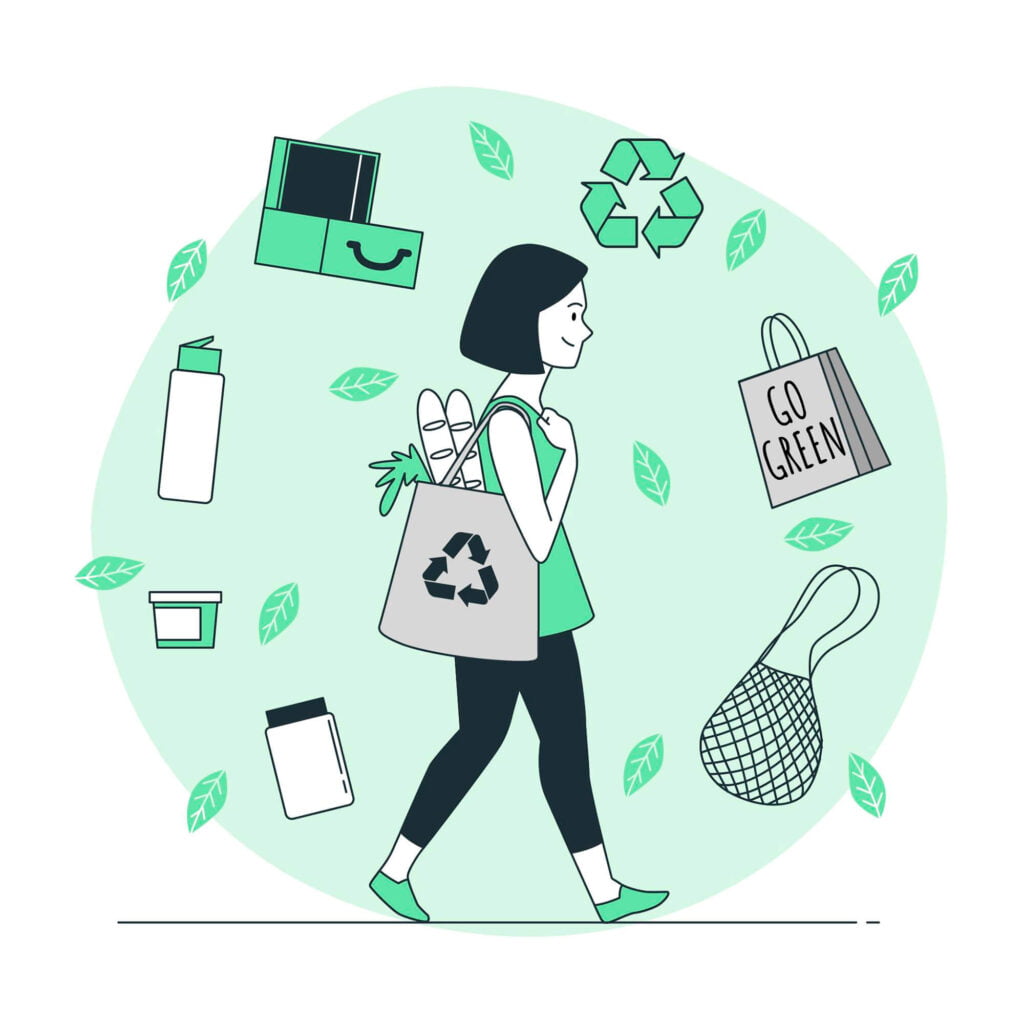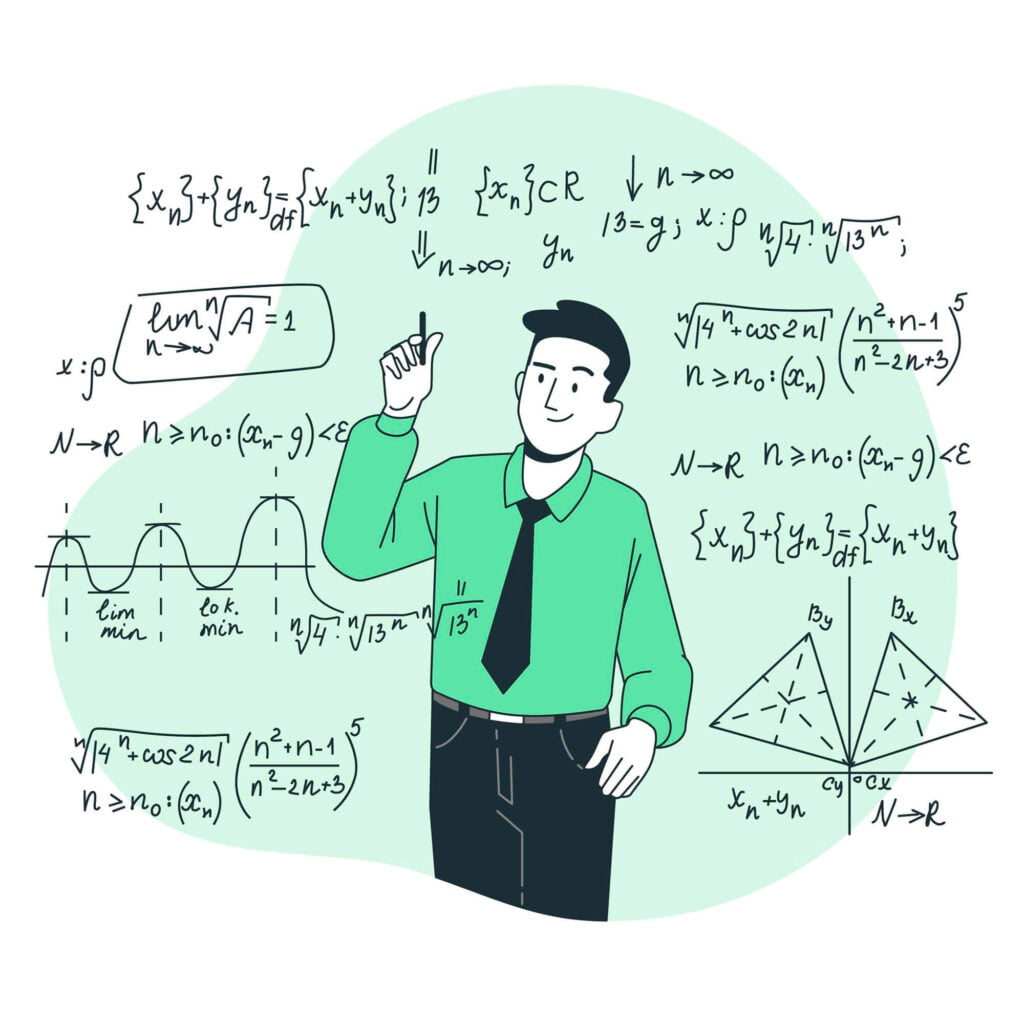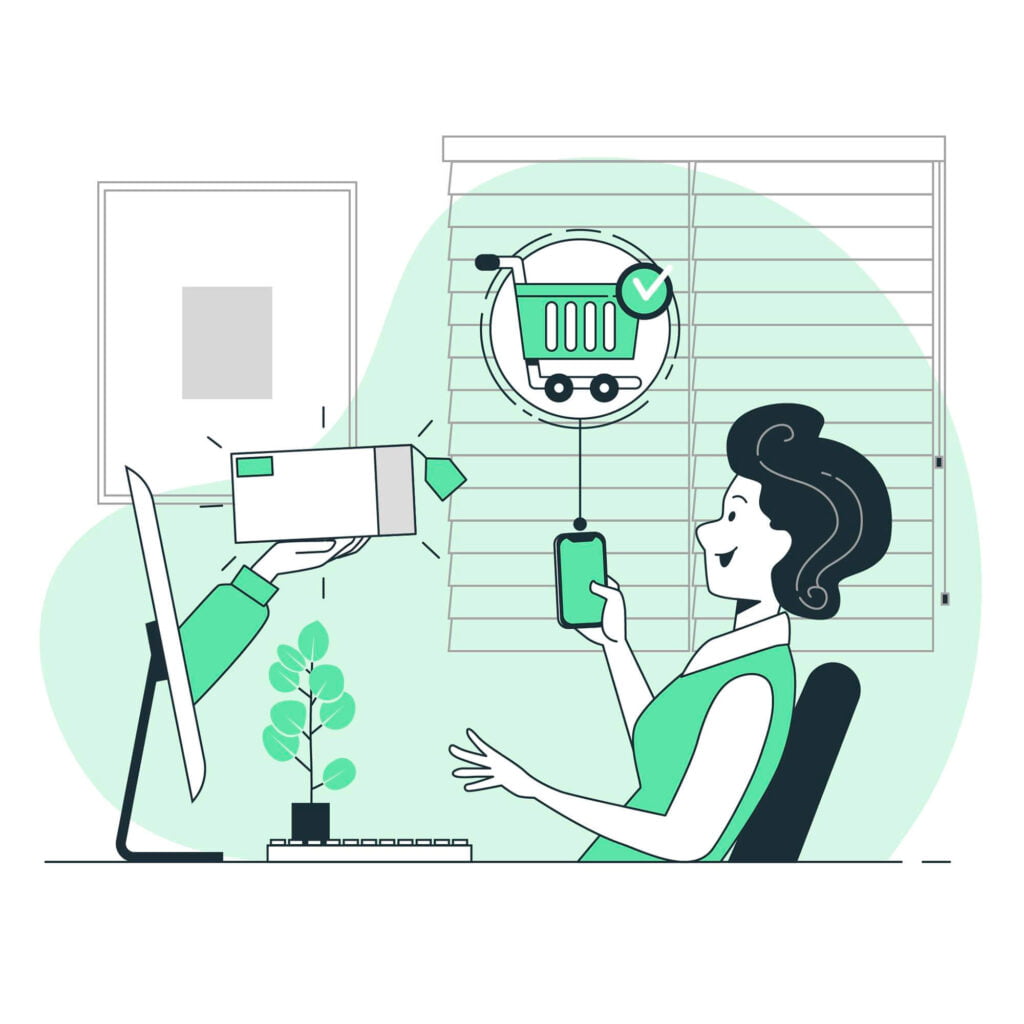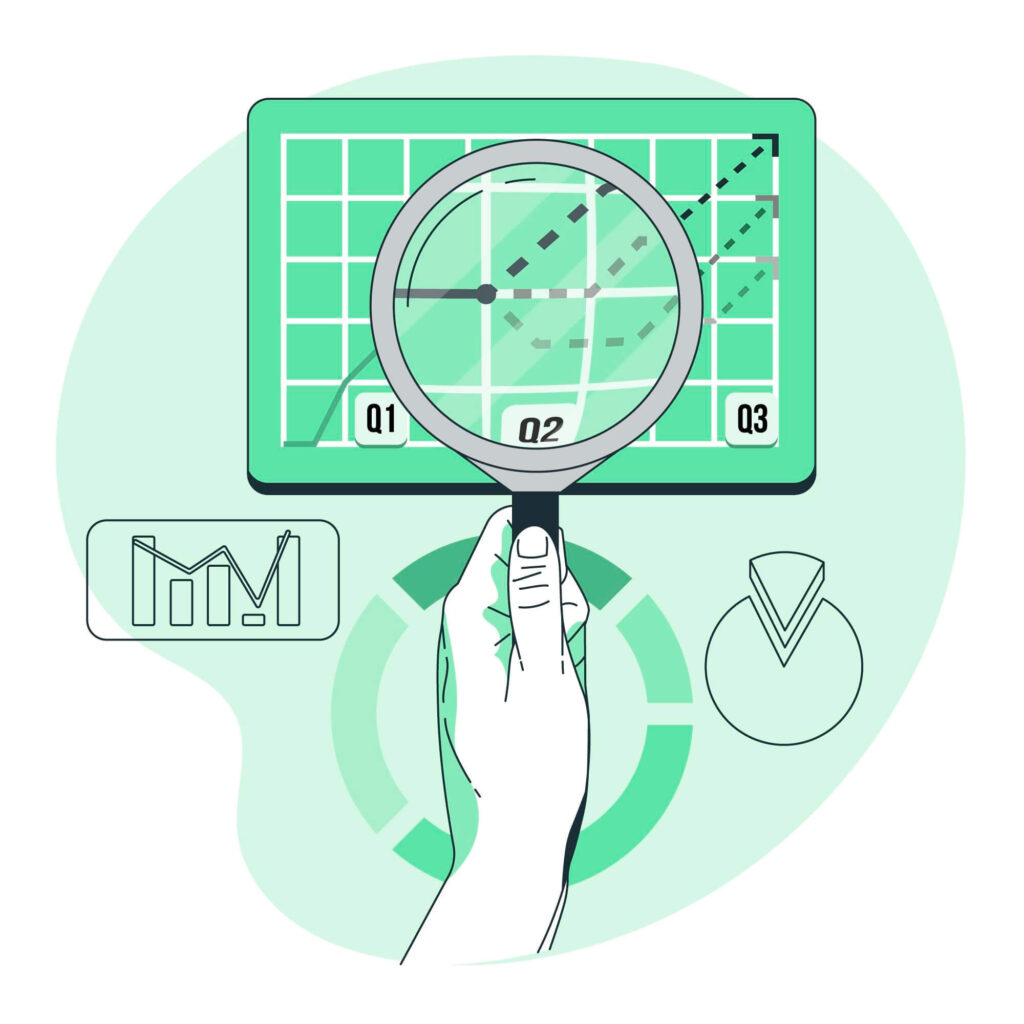The buying process is just a long and complex process called the "buyer buying process and decision making" that took place with the buyer when he bought the product or service. Depending on the purchase size, value, risk and importance in life, the purchase approval process can take from a few seconds (remembering that there are no matches at home, the latter are bought quickly without thinking) to several months (when a person buys a car).
1. Recognition of need
Any purchase is always related to the emergence of a certain problem or the emergence of new opportunities, awareness. Therefore, it can be said that the driving force is a person's perception of a certain problem or opportunity and its recognition.

2. Information search
After finding a problem or a new opportunity, we move on to the next, extremely important step in the purchase decision making process - information search. The purpose of the search is to identify and learn about the options for solving the problem. This can be as simple as trying to remember how we solved this problem in the past, or it can be a much larger task where the user gathers information from multiple sources to gain as much knowledge as possible.
Search activity depends on many factors, such as the severity of the problem, the urgency of the purchase, the ability to research the product or service, and the availability of alternatives.

3. Evaluation of alternatives
The third step in the user's decision-making process is the evaluation of alternatives (information). This process takes place only after the user has identified himself and gathered enough information about possible alternatives. The purpose of this step is to identify options and compare the features of those options. This process consists of two stages. The first is to limit alternative products to an acceptable number. The second step is to evaluate the features of each alternative and choose the best one.
Identifying alternatives. In this decision-making stage, the consumer is aware of quite a number of alternatives through advertising, research, previous experience or store visits. In most cases, consumers consider several alternatives and tend to search for information based on this limited number of choices. A small number of brands that stuck in your mind while preparing to buy a product.
Entrepreneurs should ensure that the brands they sell fall within the following range:
- The brand must be known;
- Sold in stores of the corresponding category;
- Supported by advertisements;
- High quality service;
- Financing and guarantees.
Such tactics are effective and necessary for the user to remember your brand.

4. Purchase decision
A purchase decision is the result of a search and evaluation process. The ease or complexity of a purchase is the result of the manifestation of economic, social and psychological factors. After evaluating the alternatives, the consumer decides to buy the product or not. After making a positive decision, the consumer is ready to buy because he already knows which product he prefers.
Then you need to decide:
- Where/from whom to buy? - depends on the terms and conditions offered, previous purchase experience, return policy, seller's beliefs, etc.
- When to buy? - may be affected by time constraints, store environment, sales, etc.
- How to buy?
The answer to the first question will depend on the capabilities and current financial situation of the potential buyer and many other factors. This may include the initial state of the user: mood, time pressure, purchase opinion. Time is a very important factor in how much effort and research it will take to find a solution. Mood is influenced by the degree of satisfaction and the shopping environment, which promotes or inhibits the "urge to buy".

5. Post-purchase behavior
Satisfaction or disappointment with the purchase determines whether the consumer will continue to buy this product (brand) or recommend it to other potential consumers. Post-purchase behavior is important because it influences repeat purchases and what a consumer says to other consumers. A product evaluation is a test of the product after purchase.
User satisfaction depends on whether the user's predetermined expectations match the actual benefits of the product. Meeting or exceeding expectations increases the likelihood of long-term relationships based on loyalty.
A consumer's behavior when he is not satisfied with a product can manifest itself in various ways - perhaps he will stop buying this product or start promoting bad reviews about the product. Businesses need to know the reasons for their dissatisfaction with their products and try to avoid this dissatisfaction as much as possible in the future.

Companies must remember that the purchase of their goods is also influenced by wider environment
The wider environment - it's not just competitors who are trying to influence consumers. User groups and social media or media comments can be considered as alternative sources of information, the influence of which must be evaluated when planning goals and ways of their implementation. In view of this, during the assessment, not only business actions, but also those external factors that could have influenced the customer's purchase must be reviewed.


